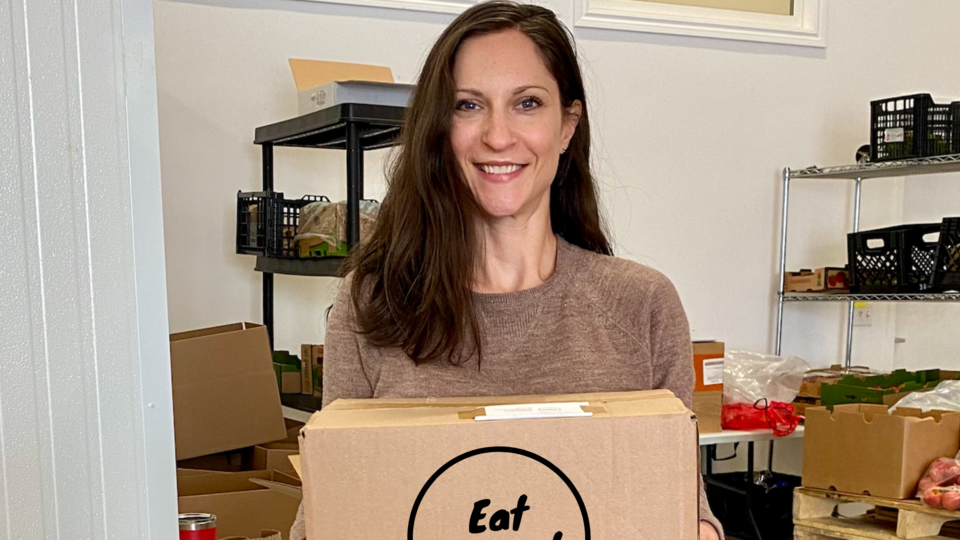If you don't mind eating "ugly," you can both save money and help reduce food waste, a grocery delivery company says.
Eat Impact is now delivering its ugly produce to Newmarket, said Anna Stegink, who started the GTA company last November after she began learning more about the impact of food waste.
"If you actually dive deep into the studies on it, it's so widespread and it's really just horrible. It's such a huge problem. And it contributes to a lot of environmental degradation," she said.
Fifty-eight per cent of all food produced in Canada is wasted every year, according to Second Harvest, a food rescue organization. It also said 11.2 million tonnes of edible food ends up in landfills.
Wasted food isn't just a social or humanitarian concern, but an environmental one, according to the World Wildlife Foundation. Food waste results the waste of energy and water that it takes to grow, harvest, transport and package it. And if food goes to the landfill and rots, it produces methane — a greenhouse gas even more potent than carbon dioxide.
The ugly or misfit food trend has become a movement across the continent and in the U.K. The United Nations even designated 2021 as the International Year of Fruits and Vegetables to encourage sustainable production and reduce waste.
Stegink was also motivated by what she called sticker shock with high prices at grocery stores. She realized that if she were to get surplus and imperfect food, she could contribute to solving both of these problems.
Ugly food, or imperfect food as it is sometimes called, refers to food that is is ugly or strange looking on the outside but still fresh and good on the inside.
"A great example of that would be ugly carrots. They might look really funny, so they might have two stems coming down from the bottom, they might be a wonky shape," she said. "But you eat them and they're the most delicious food and they're still perfectly fresh. They're great to eat, it's just they don't look like you would usually see the item looking at a grocery store."
Stegink began reaching out to farmers and distributors about sourcing this food and she said the response was incredible. From there she made a website and people began signing up to receive weekly deliveries of the imperfect produce.
The name, Eat Impact, reflects the goal of the company, she said.
"Making an impact, one, on the environment is huge. Two, on just helping local small businesses and farmers have a little bit more money in the food that they're growing, and three, just an impact on your wallet," she said.
Eat Impact claims to save customers up to 40 per cent off of grocery store prices.
While Stegink's background includes being a nurse, she just has a passion for local food and eating healthy. Earlier this year, Stegink released a crowd-sourced grocery guide that aims to help people save money in grocery stores.
Her husband also recently ran a grocery delivery service and while it ended up shutting down, she said she had a front row seat to that business and learned a lot that she can now apply to Eat Impact.
The company operates on a subscription system but Stegink said there is no commitment and people can cancel anytime or skip a week based on their needs.
Customers pick their box, whether its mixed fruits and vegetables, all fruits or all veggies, or all organic. They get an email at the start of the week and can go in and swap out items in their box based on their preferences. Once that's all complete, the company places its final order with its partner farmers and distributors.
"As a business, we're very low waste in that sense. We don't over order because we have exactly what need," Stegink said.
The boxes are then delivered to customers' homes on Thursdays.
Customers can sign up for the ugly food service online and costs range from about $20 to $40 depending on what kind of box you order.



